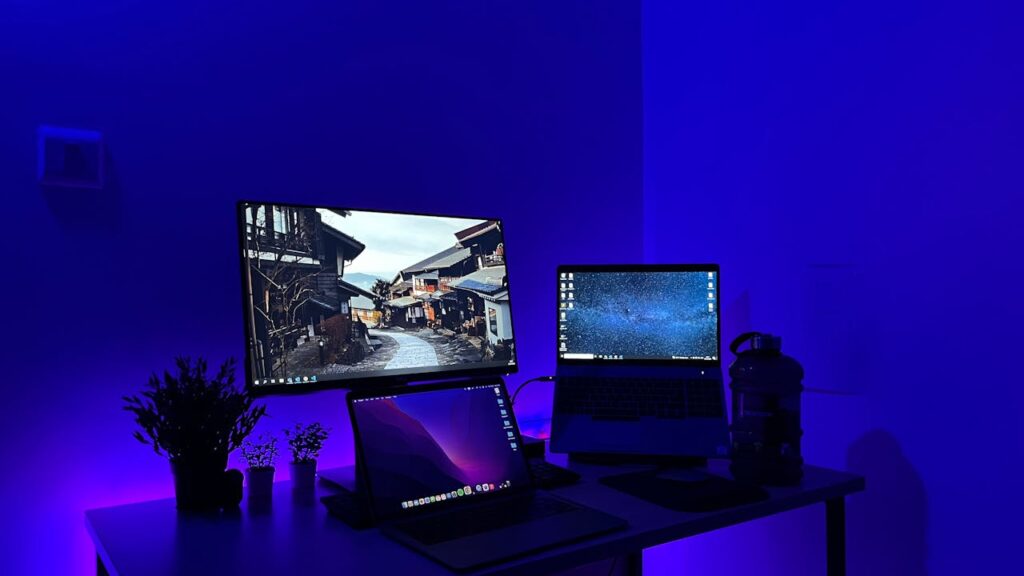In the rapidly evolving world of robotics, Eilik stands out as a fascinating blend of technology and emotional intelligence. Designed as a social companion robot, Eilik is not just a machine but a personable entity that brings life to everyday interactions. This article delves into what makes Eilik a unique addition to the world of robotics and why it’s gaining attention as a must-have gadget.
A Robot with a Personality
Eilik is more than just a device; it’s a companion with a personality of its own. Unlike traditional robots that are often designed for functional purposes, Eilik is created to interact with humans on a more emotional and personal level. It has expressive facial features, gestures, and sounds that help it convey emotions and respond to user interactions in a natural and engaging way.
This little robot can express happiness, sadness, curiosity, and even frustration, making it feel like a living companion. Its creators have designed it to learn from interactions, allowing it to develop a bond with its owner over time. The more you interact with Eilik, the more it adapts and responds to your personality and habits.
Advanced Interaction Capabilities
Eilik is equipped with advanced sensors and algorithms that enable it to perceive and react to its environment. It can detect touch, recognize faces, and respond to voice commands, making interactions feel intuitive and human-like. Whether it’s responding to a pat on the head or reacting to your voice, Eilik brings a sense of life to the interaction that is often missing in other robotic devices.
Eilik’s interactive capabilities extend beyond simple commands. It can engage in playful activities, participate in conversations, and even show empathy in response to your emotions. These features make it an excellent companion for both adults and children, offering a blend of entertainment and companionship that can brighten up any day.
Aesthetic Design and Portability
Standing at just a few inches tall, Eilik’s compact and aesthetically pleasing design makes it easy to place anywhere in your home or office. Its sleek, modern look complements its advanced features, making it not just a gadget but a stylish addition to your living space.
Eilik’s portability is one of its standout features. Unlike larger robots that are confined to specific areas, Eilik can easily be moved from room to room, making it a versatile companion. Its battery life is also designed to support extended periods of interaction, ensuring that Eilik is always ready to engage when you are.
Educational and Therapeutic Applications
Beyond being a social companion, Eilik has potential applications in education and therapy. For children, Eilik can serve as an educational tool, teaching basic programming skills, emotional intelligence, and social interaction through play. Its interactive nature can make learning fun and engaging, helping children develop critical thinking and communication skills.
In therapeutic settings, Eilik can provide comfort and companionship to those who may feel isolated or lonely. Its ability to recognize and respond to emotions can be particularly beneficial in supporting mental health, offering a non-judgmental presence that encourages positive emotional expression.
The Future of Social Robotics
Eilik represents a significant step forward in the field of social robotics. As technology continues to advance, robots like Eilik could become commonplace in homes around the world, offering companionship, support, and entertainment in ways that were previously unimaginable.
In conclusion, Eilik is not just a robot; it’s a glimpse into the future of human-robot interaction. With its expressive personality, advanced interaction capabilities, and versatile design, Eilik is paving the way for a new era of social robots that are as emotionally intelligent as they are technologically advanced. Whether you’re looking for a fun companion, an educational tool, or a therapeutic aid, Eilik is a promising choice that brings the future of robotics into the present.









